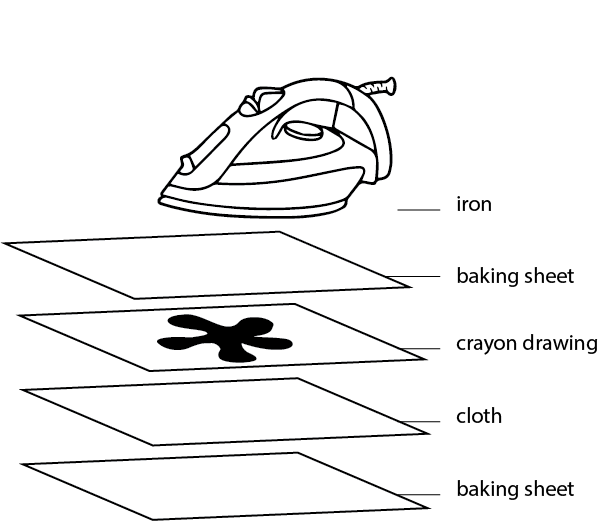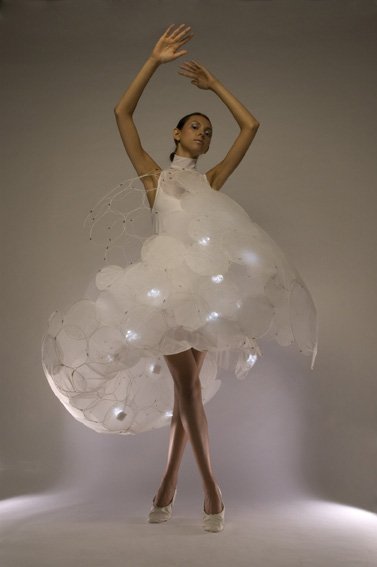Mind you, I am no good in any form of art that requires handcrafting. However, I figured instead of running away from it, I should try and build my handcrafting skills by taking Surface Design.
Learning the very first technique: Transfer Printing.
When I first began, I was bewildered by how a crayon drawing on an ordinary paper could possibly be transferred onto a piece of cloth. Boy, was I stunned by the outcome?

With the demonstration by Prof Galina, the transfer of a crayon drawing is easily done by using an iron you can find at home. By layering baking sheets between the iron and the cloth, it protects the iron from getting stained as well as preventing too much direct heat transfer between the crayon drawing and the cloth.
Of course, there are many different ways of layering the pieces. I also tried reversing the sequence where the crayon drawing and cloth position were switched. However, I found that having the crayon drawing above gave a brighter outcome since the heat is applied directly to the crayon.

During the class, we experimented with using a satin material. Since the material wasn’t really stretchable, we see that when too much heat is applied, the materials start to crinkle. Would definitely try to experiment with different materials in the future to see how the outcome would differ and which material would be able to capture the crayon drawing the best.
Also, when working with crayon drawings, it is important to note that the direction of colouring becomes apparent after transfer printing. It is good to be mindful when coming up with a design using crayons.
The other method was using the heat press machine.

For this method, we used the transprint ink. While painting, the colours turned out very dark on the paper. Prof Galina did preempt us that the colours would turn out a lot brighter but boy, did I not expect that drastic difference. I guess the only way is to continuously experiment with the transprint ink to familiarise ourselves with how the actual colour would turn out after heat press.

I tried using the heat press machine for slightly over 30 seconds. However, the colours didn’t turn out as bright as I wanted it to. So, Minjee and Mus who went after me tried a little longer and their colours came out much better.
Note to Self: Use the machine for 45 seconds instead.
I also attempted using small feathers to experiment with indirect printing. However, the outcome didn’t come out as expected. This was probably due to lack of miniature details on the feather. A larger feather would have probably worked better in defining the delicate details.
All in all, it was an interesting experience working with transfer print. I believe material and colours could be further explored and experimented with to find the right combination.



